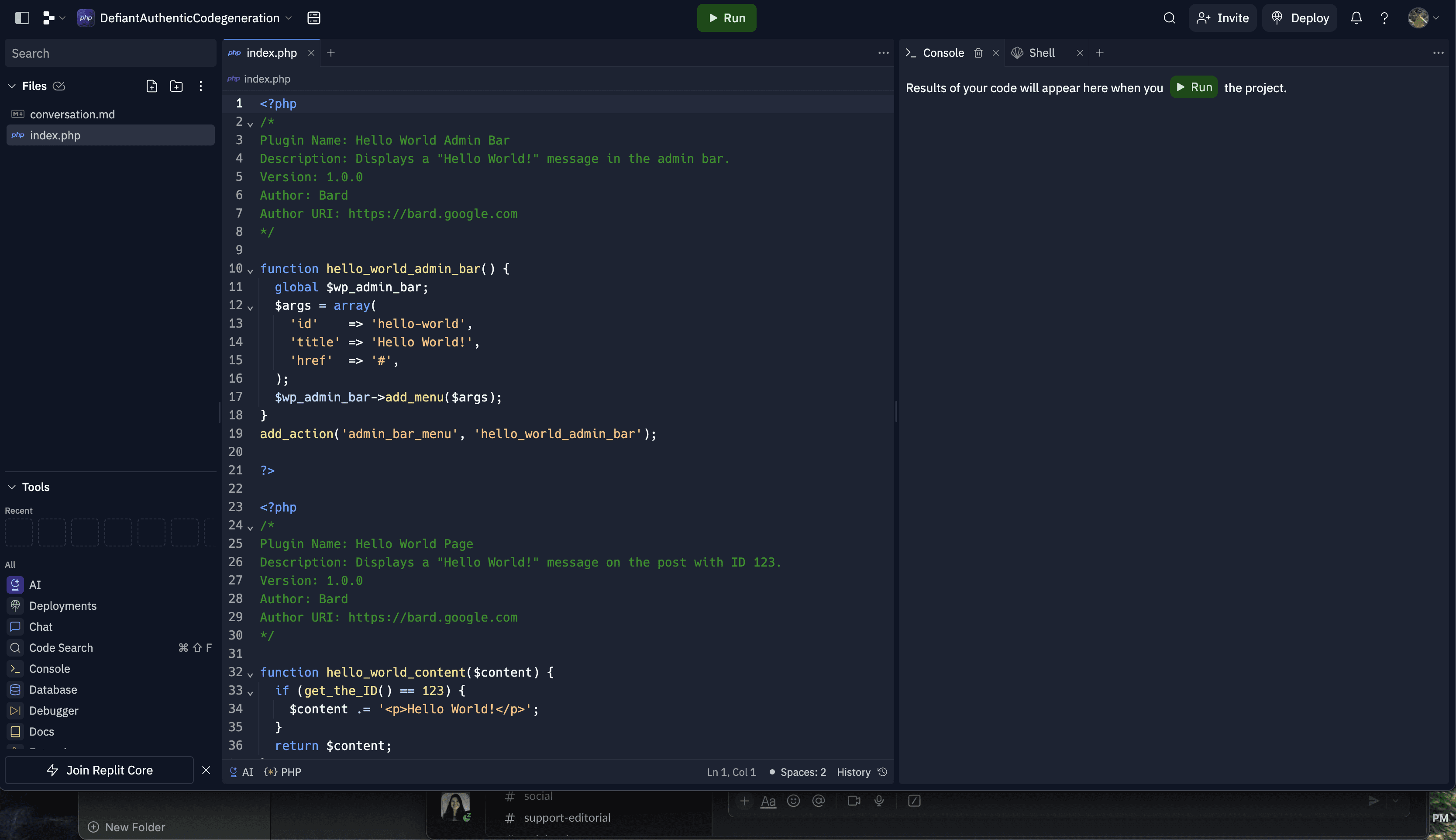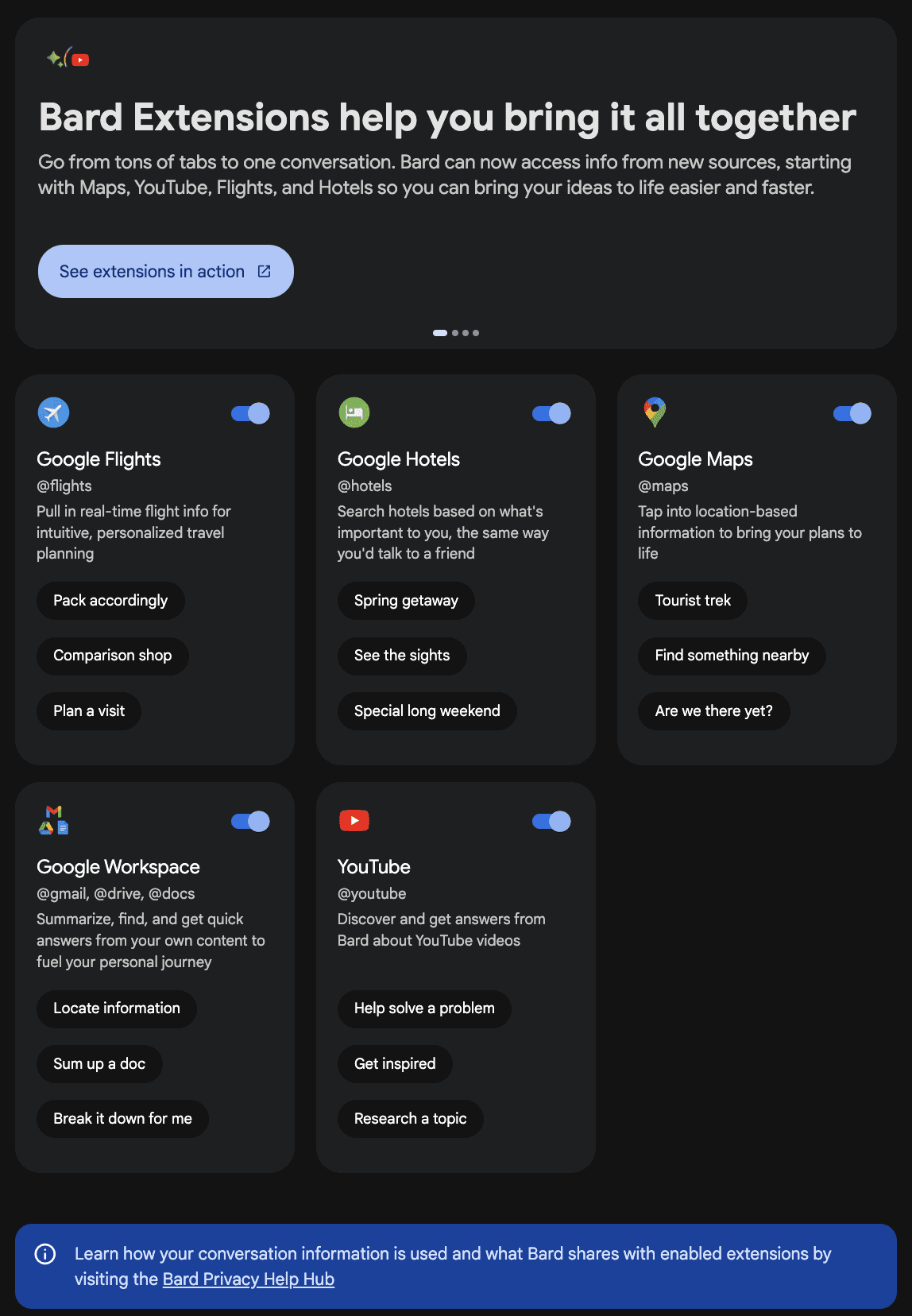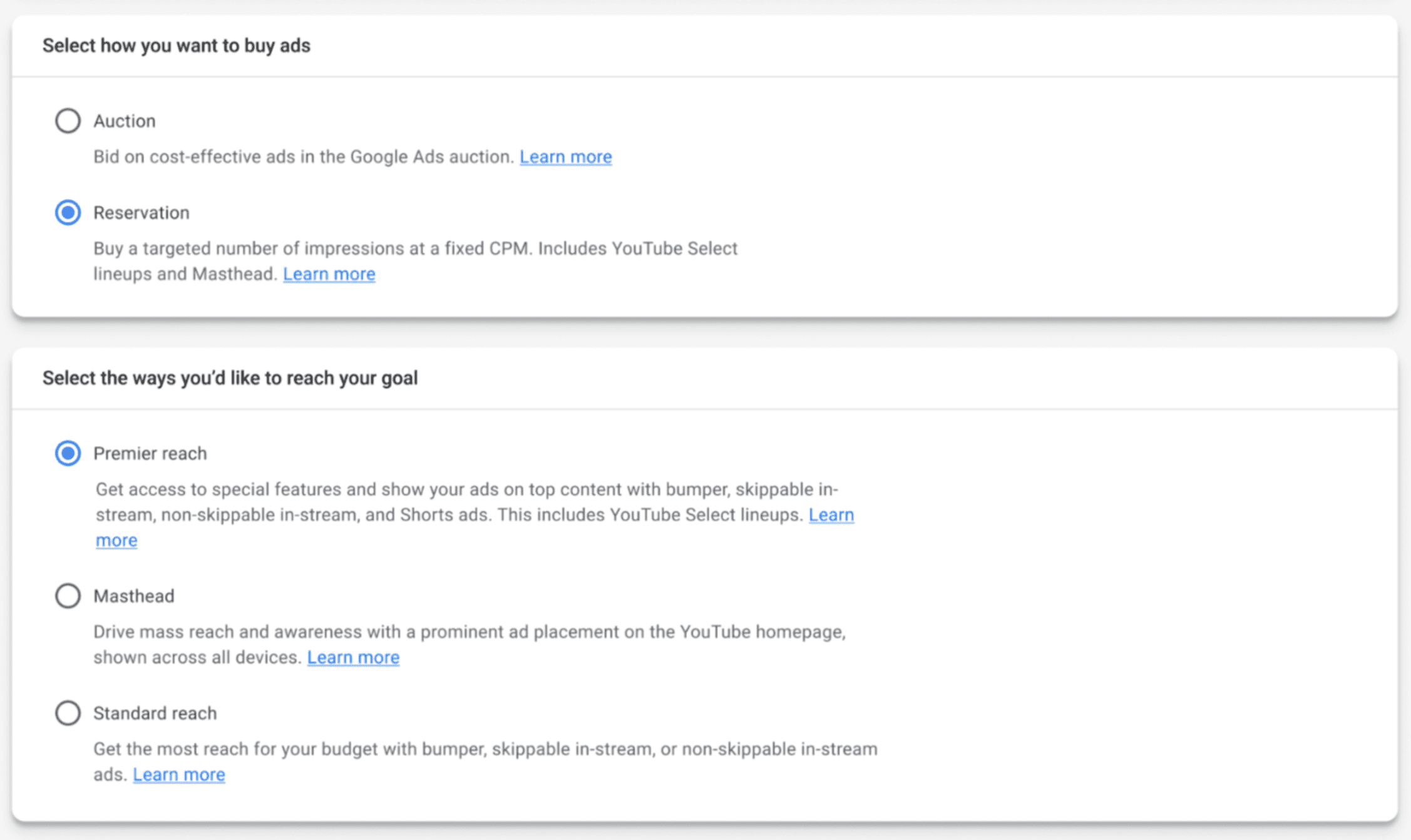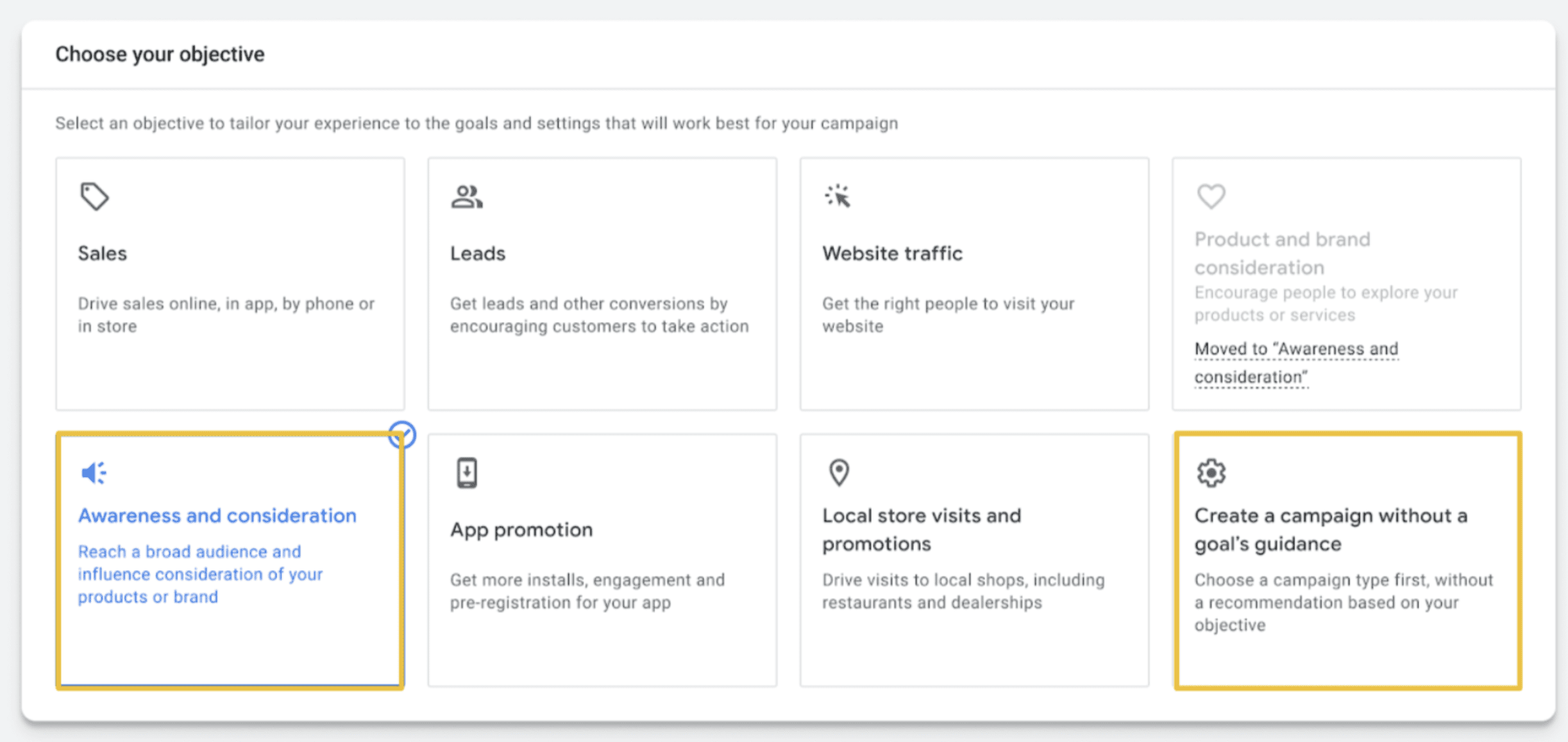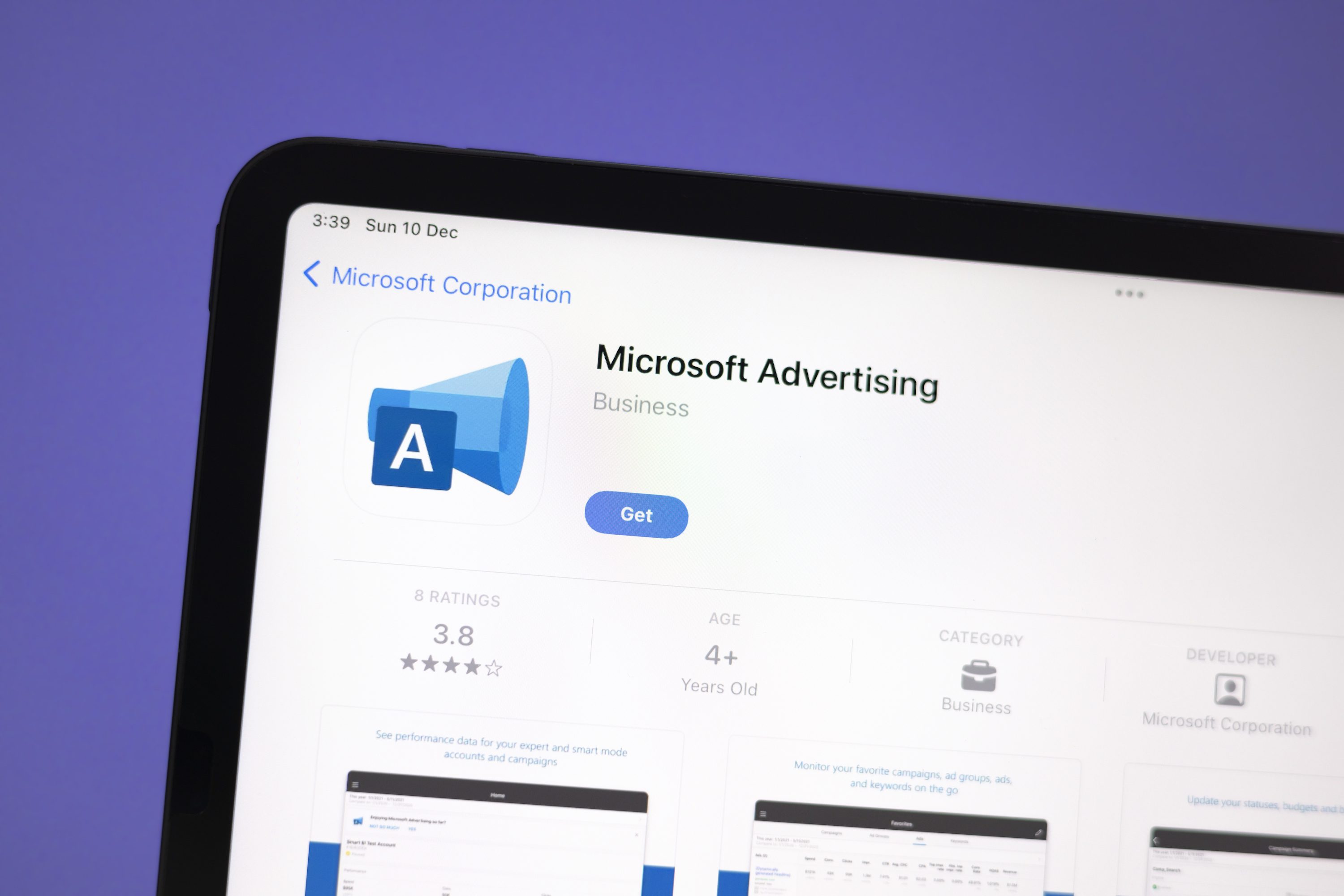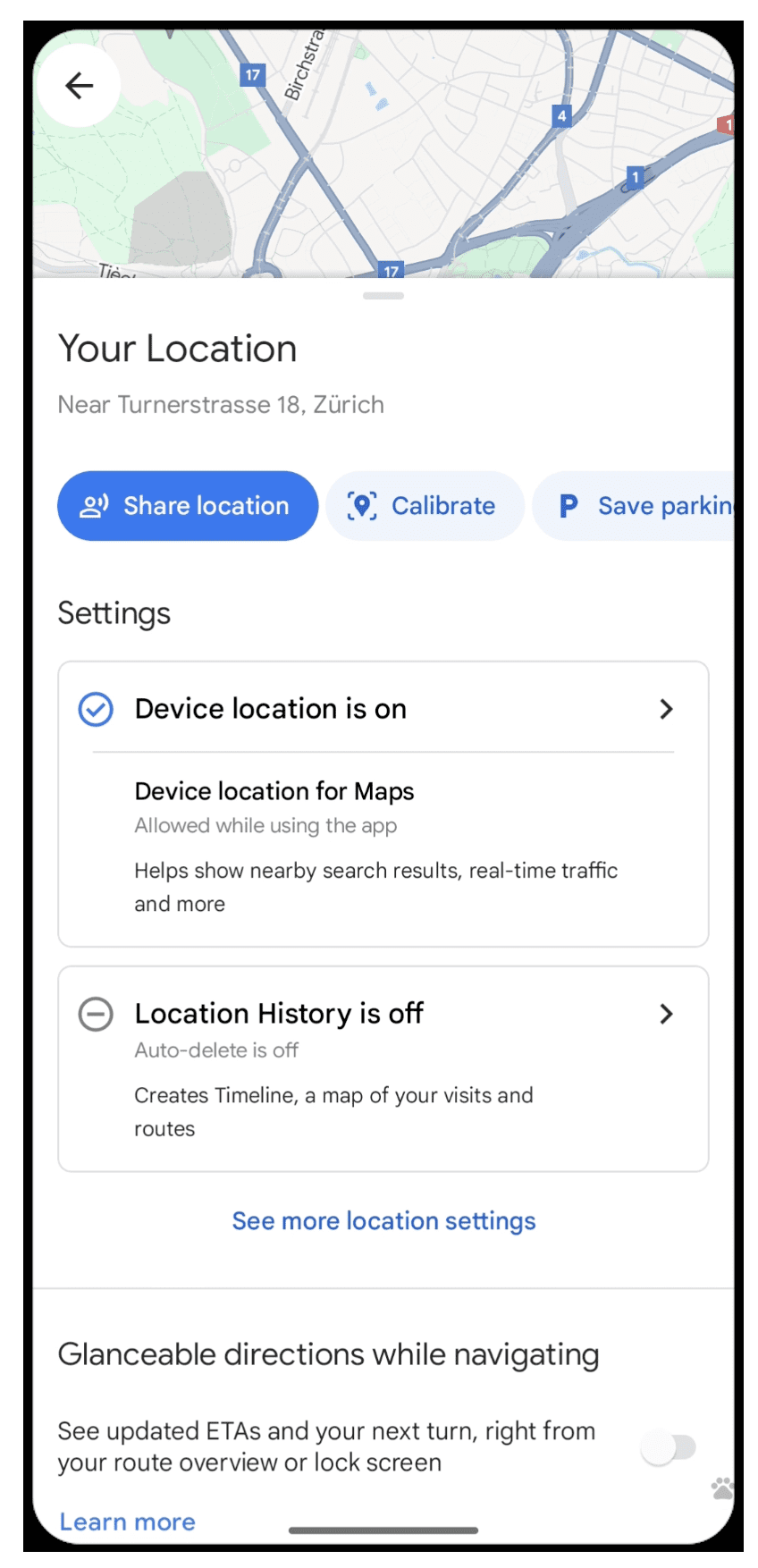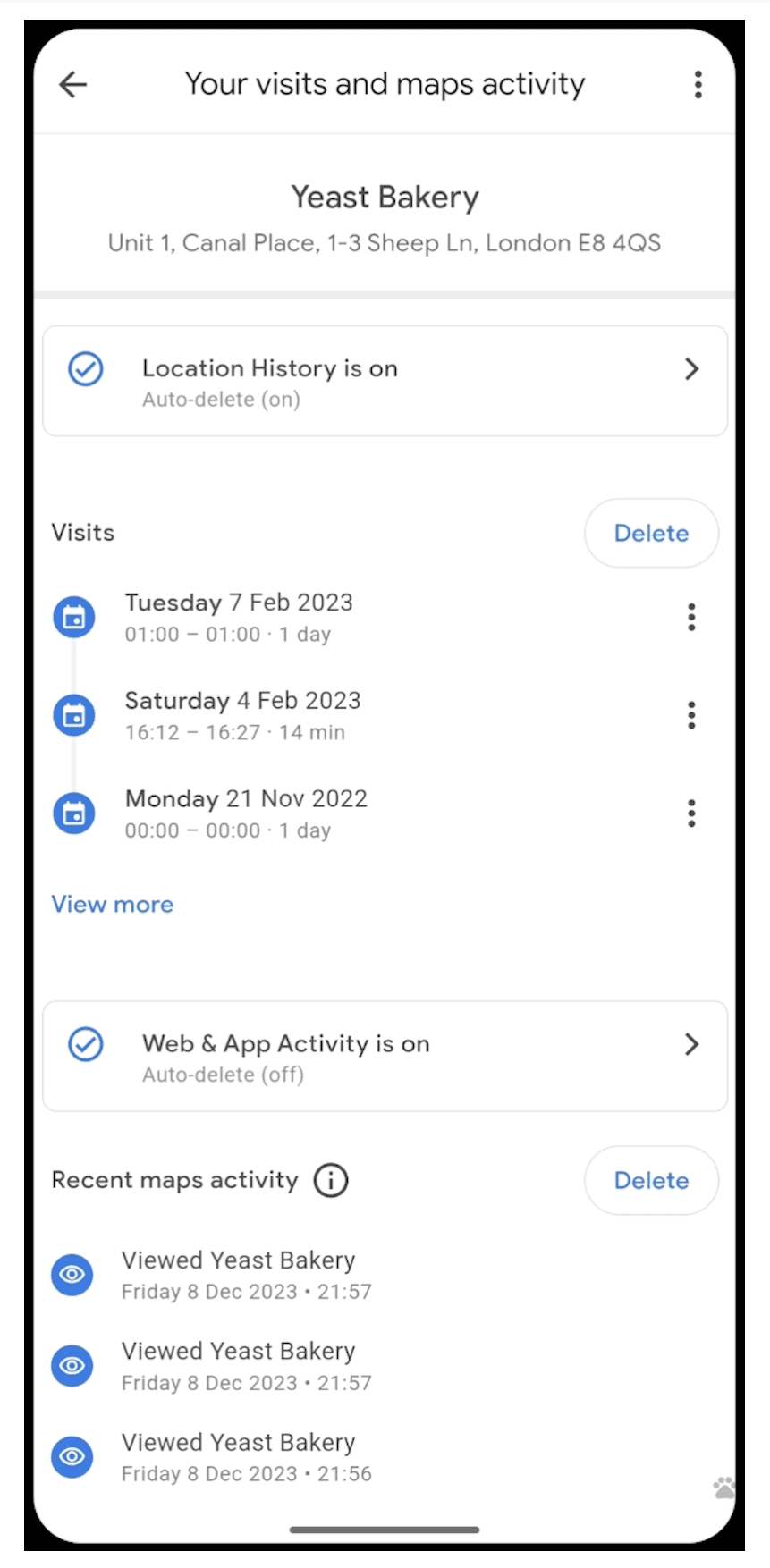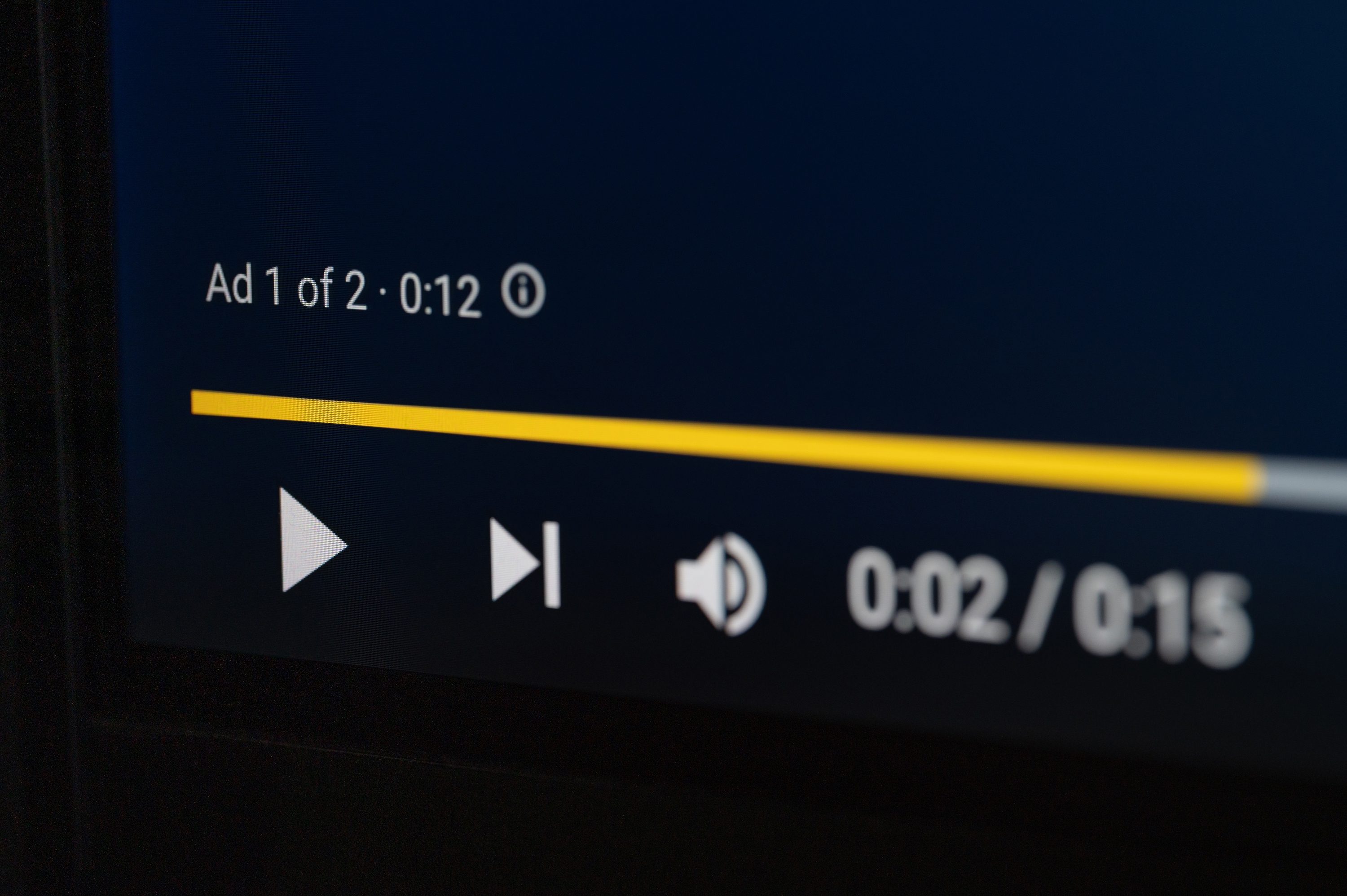Researchers tested multiple ways to optimize a website for AI search and discovered exactly what to do in order to boost visibility. They successfully increased visibility of smaller lower ranked websites by 115%, giving them the ability to outrank larger corporate sites that normally dominated the top of the search results.
The researchers observed that their Generative Engine Optimization technique, called GEO, was able to boost visibility in general by up to 40%.
The researchers hailed the ability of GEO to democratize the top of the search results, writing:
“This finding underscores the potential of GEO as a tool to democratize the digital space.
Importantly, many of these lower-ranked websites are often created by small content creators or independent businesses, who traditionally struggle to compete with larger corporations that dominate the top rankings in search engine results.”
Multiple Ranking Strategies Tested
The researchers tested nine different methods for optimizing websites, tracking how the different approaches worked for different kinds of searches such as Law & Government, business, science, people & society, health, history and other topics.
They discovered that each kind of niche topic responded well to different optimization strategies.
The nine tested strategies are:
Authoritative: Changing the writing style to be more persuasive in authoritative claims
Keyword optimization: Adding more keywords from the search query
Statistics Addition: Changing existing content to include statistics instead of interpretative information.
- Cite Sources (quoting reliable sources)
- Quotation Addition: Adding quotes and citation from high quality sources
- Easy-to-Understand: Making the content simpler to understand
- Fluency Optimization is about making the content more articulate
- Unique Words: Adding words that are less widely used, rare and unique but without changing the meaning of the content
- Technical Terms: This strategy adds both unique and technical terms wherever it makes sense to do so and without changing the meaning of the content
- Cite Sources
- Quotation Addition
- Statistics Addition
Which methods worked the best? The top three optimization strategies were:
Those three strategies scored above the baseline by 30 – 40% on one of the metrics used to measure success (Position-Adjusted Word Count) and 15-30% on another metric (Subjective Impression metric).
The researchers wrote about the success of these strategies:
“These methods, which involve adding relevant statistics (Statistics Addition), incorporating credible quotes (Quotation Addition), and including citations from reliable sources (Cite Sources) in the website content, require minimal changes to the actual content itself.
Yet, they significantly improve the website’s visibility in Generative Engine responses, enhancing both the credibility and richness of the content.”
The Fluency Optimization and Easy-to Understand methods were also useful for improving visibility by 15-30%.
These results were interpreted by the researchers to show how AI search engines valued both the content and the presentation of the content.
What Optimization Strategies Didn’t Work
The researchers were surprised to discover that using persuasive and authoritative tones in the content did not generally improve rankings in AI search engines, not as well as the other approaches.
Similarly, the method of adding more keywords from the search query into the content didn’t work either. In fact, keyword optimization performed worse than the baseline by 10%.
Optimizations Worked Differently Across Knowledge Domains
An interesting finding in the report is that which kind of optimization worked best depended on the knowledge domain (legal, government, science, history, etc.).
They found that content related to the Historical domain ranked better when the “Authoritative” optimization was applied, where more persuasive language was used.
The Citation optimization, where the content was improved with citations from authoritative sources, worked significantly best for factual search queries.
Adding statistics worked well for Law and Government related questions. Statistics also worked well for “opinion” question where a searcher asks the AI about its opinion about something.
The researchers observed:
“This suggests that the incorporation of data-driven evidence can enhance the visibility of a website in particular contexts especially these.”
Adding quotations worked well for the People & Society, Explanation, and History knowledge domains. The researchers interpreted those results to mean that perhaps the AI search engine prefers “authenticity” and “depth” for these kinds of questions.
The researchers concluded that making domain-specific optimizations were the best approach to take.
Low Ranked Websites Improved Rankings With GEO
The good news from this research is that normally low-ranked websites will benefit from these strategies for optimizing for AI search engines.
They concluded:
“Interestingly, websites that are ranked lower in SERP, which typically struggle to gain visibility, benefit significantly more from GEO than those ranked higher.
For instance, the Cite Sources method led to a substantial 115.1% increase in visibility for websites ranked fifth in SERP, while on average the visibility of the top-ranked website decreased by 30.3%.
…the application of GEO methods presents an opportunity for these small content creators to significantly improve their visibility in Generative Engine responses.
By enhancing their content using GEO, they can reach a wider audience, thereby leveling the playing field and allowing them to compete more effectively with larger corporations in the digital space.”
Game Changer For SEO
This research study shows a new path for SEO when it comes to AI-based search engines. Those who said that AI Search was going to defeat SEO spoke too early. This research appears to show that SEO will eventually evolve to become GEO in order to compete in the next generation of AI search engines.
Read the research study here:
GEO: Generative Engine Optimization (PDF)
Featured Image by Shutterstock/ProStockStudio



